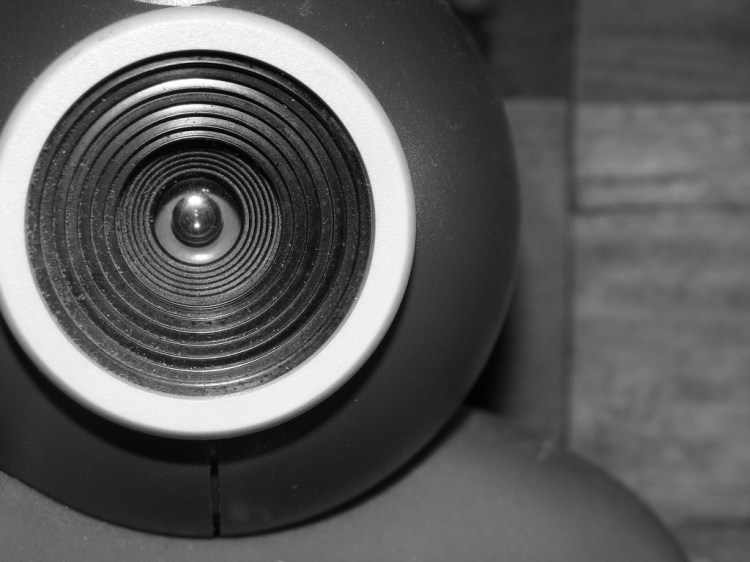A new pilot study is taking an innovative approach to detecting irregular heartbeats, and they’re calling it “FaceTime” for heart diagnoses.
The results of the study were published online yesterday in the journal Heart Rhythm.
Atrial fibrillation, a common form of abnormal heart rhythm, affects more than 3 million Americans. But, it’s estimated that 30% of people with atrial fibrillation go undiagnosed.
The study tested a new webcam based diagnostic tool for heart problems and was conducted by researchers at the University of Rochester’s School of Medicine and Dentistry, and Xerox. Researchers programmed a webcam with a Xerox developed algorithm to scan participants faces for the slightest change in skin coloration. Certain changes in skin color, undetectable to the human eye, may indicate a person is experiencing hearth arrhythmia.
The webcam is programmed to look for high levels of hemoglobin, which takes on more of the green spectrum of light. The camera works by detecting reflections of green light as blood pulses through the face. Since the skin on your face is the thinnest and blood vessels are closest to the surface, its easiest to catch changes in blood color here.
Researchers hooked 11 participants with atrial fibrillation up to an electrocardiogram, so they could measure the heart’s electrical activity while the 15 second facial scans were being taken. Researchers found that color changes picked-up by the camera corresponded to the heart rate detected on the ECG.
The video monitoring method, called videoplethymography, had an error rate of 20% compared with an error rate of 17-29% for automated ECG measurements.
Considering this is only a pilot study, a lot more research still needs to be conducted. Researchers from this study are in the process of putting together a much larger study using the same technology, but with a more diverse population including people both with and without atrial fibrillation.
“This technology holds the potential to identify and diagnosis cardiac disease using contactless video monitoring,” said Jean-Philippe Couderc, one of the researchers from the University of Rochester in a press release. “This is a very simple concept, but one that could enable more people with atrial fibrillation to get the care the care they need.”
Ultimately the hope is that the technology could be refined to be able to detect other types of heart disease. The study was funded by Xerox and the Center for Emerging and Innovative Sciences, a New York State-support Center for Advanced Technology.


